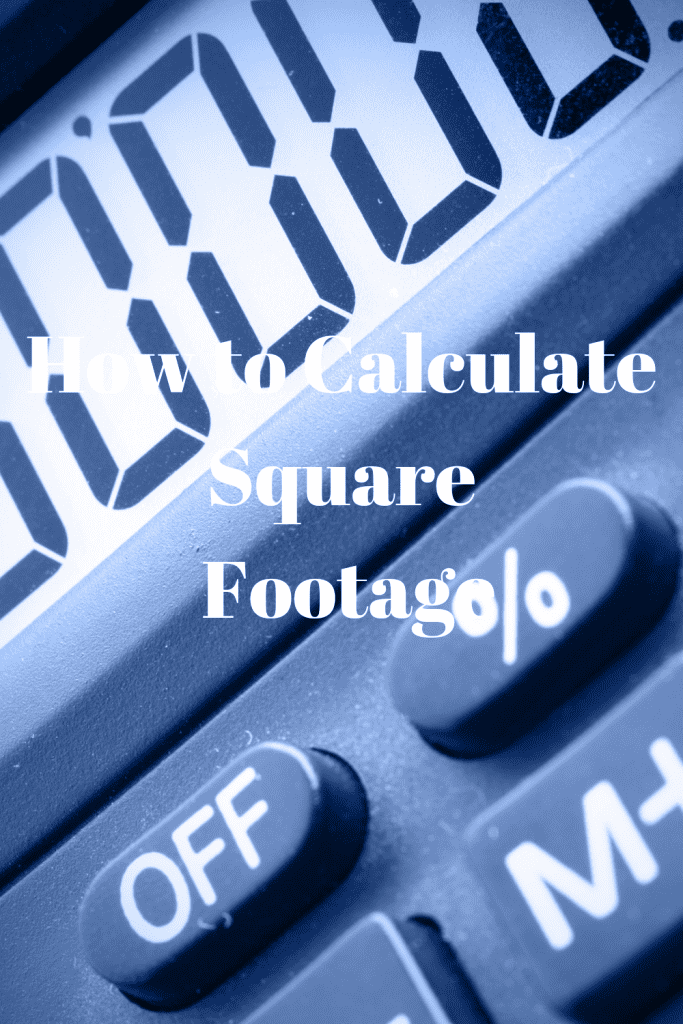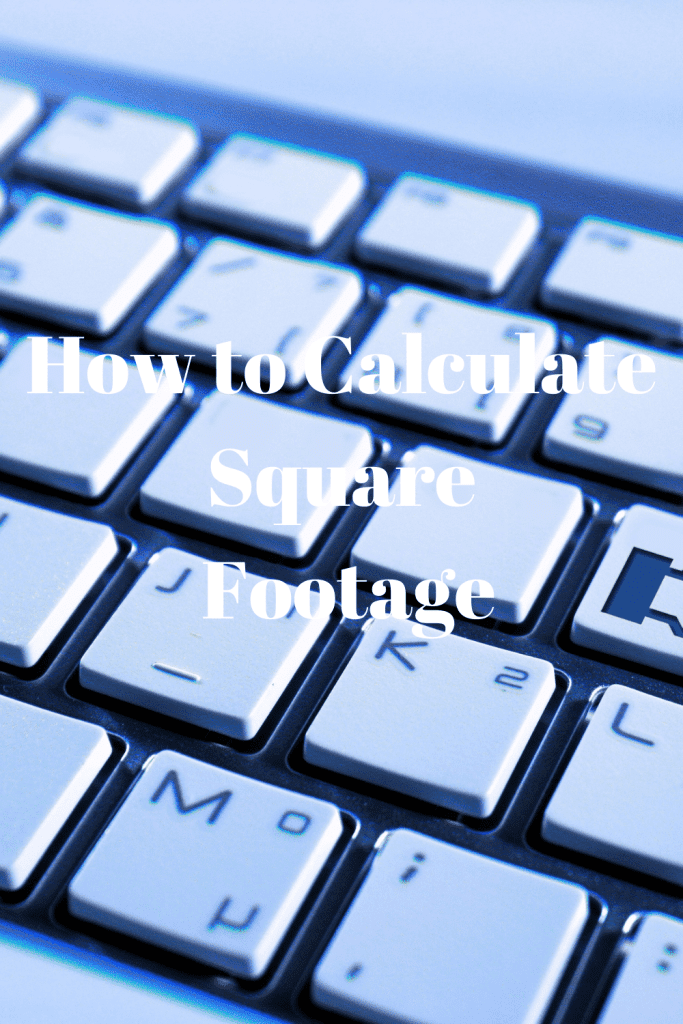How to calculate square footage Overview
Introduction
Are you planning to replace your roof, lay a new floor, or paint your walls? Then knowing how to calculate square footage will help you tackle several DIY home projects. If you are a contractor knowing how to calculate square footage allows you to estimate your project cost.

Furthermore, a square foot is a measurement of a given area. For instance, it is an area inside a square that measures one foot per side.
We calculate area by multiplying the length and width. That is why a square foot is equal to an area that is one foot wide and one foot long. This guide discusses how you can calculate square footage.
Materials or products required for this job
Have you ever measured how ample your space is? You don’t have to worry if you have never done it before; we will take you through the process and the tools to help you accomplish the task.
Before you get started with your assignment, ensure you have a tape measure, a pen, a notebook, or a piece of paper. You can also use a notepad or phone to key in the measurement.
Ensure that you clear all items that would limit you from acquiring accurate measurements for your room. For instance, remove any item along the way your tape measure will pass.
Invite a friend who can assist you with the process, more so helping you hold one end of your tape measure and confirm your reading.
In addition, it is also good to know that the tape should remain straight, don’t bend it, nor should it go around objects.
How to calculate square footage
There are projects at home that require you to calculate the square footage. Whether you want to do landscaping or wallpapering.
You will need something you can use to record your information (a piece of paper or smartphone), a pen, and a measuring tape.
To know the square footage of any area, all you will need is to multiply the length and width of the area. The following are some steps you can adhere to
1. Start by clearing any object that interferes with the proper running of your tape measure.
2. Then, measure the length of the area with a tape measure. You should ensure the measurement is done along the straight line. Record the data in inches.
3. Repeat the procedure by taking the size of width and recording the data as well.
4. Multiply the data collected in step 2 and step 3 in inches. This will give the total area in square inches.
5. Convert the square inches into square feet by dividing the figure by 144. This arithmetic will convert the full size of the room into square feet.
How to use a Square Footage Worksheet
For you to use this procedure, you will start by:
• Sketching the area you want to measure.
• Measure the length and width, fill it in the sketch
• You can break your sketch into simple rectangles and label them with letters.
• Use the length by width calculation for each rectangle to calculate your area, then add the totals together.
How to calculate square footage on rooms with different shapes
If your room has odd-shaped rooms, the standard unit of measuring an area is applicable in your room. Your first assignment will be to break down the areas into separate areas. After calculating each area then add them up.

If the angles have a triangle shape, know they are squares or rectangles cut in half. That is why you should multiply the length(ft) and width(ft) then divide them into two to get the area in square ft.
Crucial Tips when measuring square footage for your home projects
The following are some of the tips that will help you keep in mind essential things when you are working on measuring your house’s square footage.
• Always ensure there are no obstructions that will interfere with your measurement.
• Request a friend to assist you in taking the measurement. Measure twice to confirm the measurements are correct.
• Ensure you have measured any closet, nooks, and steps when measuring the floor. Calculate their rectangles independently.
• Include a buffer of about 10% when you are planning to buy materials. That action will protect you from any unforeseen cost that may stall your project.
• Just round off when you come across a figure like 11.17 boxes of tiles.
• Use half and whole feet when converting inches for a more significant project.
Conclusion
If you are a DIY- enthusiast and plan to calculate square footage of house floor or wall, you are in the right place. Knowing how to calculate your square footage will help you handle several projects geared to improve your house.

You will also approximate the cost of such repairs, thus protecting you from unforeseen expenses.
